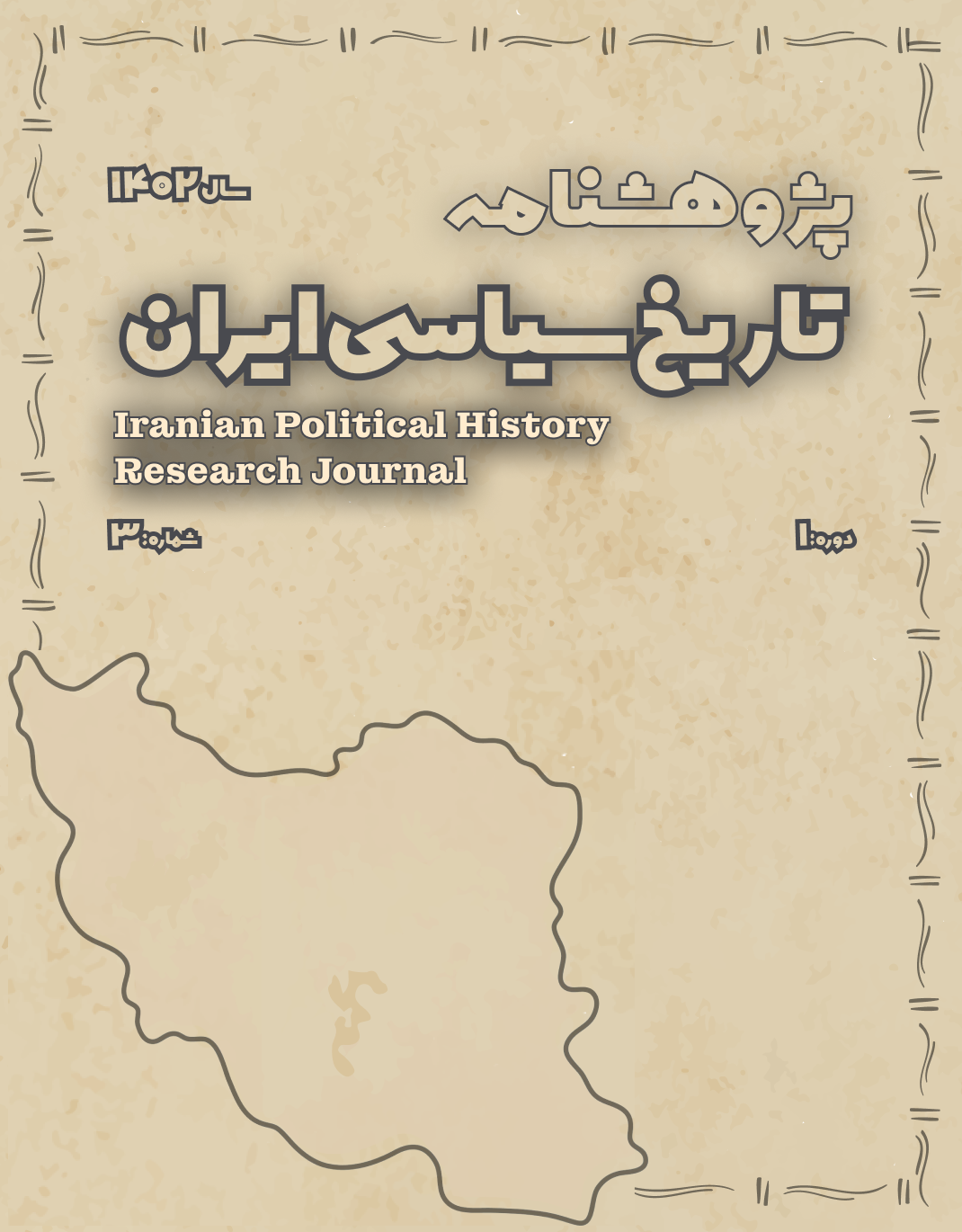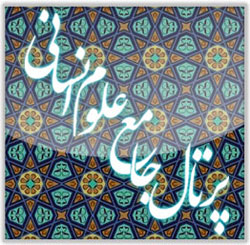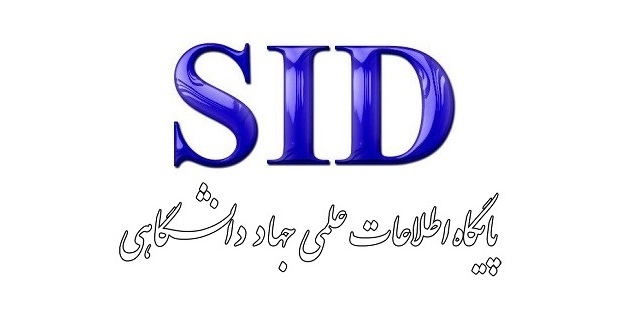Religious Policy and Identity Formation in the Era of Öljaitü: An Analysis of the Shiite-Sunni Confrontation in the Ilkhanid Rule
Keywords:
Öljaitü, Ilkhanate, Religious Policy, Religious Identity Formation, Shi'ism, Sunnism, Political Legitimacy, Iranian HistoryAbstract
This article examines the religious policy of Öljaitü, the eighth Mongol Ilkhan of Iran, and its role in the process of religious and political identity formation during the Ilkhanid period. Following the collapse of the Abbasid Caliphate and the ensuing legitimacy crisis in the Islamic world, the Ilkhanid government faced serious challenges in consolidating its rule. Initially a Sunni Muslim, Öljaitü converted to Twelver Shi'ism in the final years of his reign and sought to institutionalize this sect within the governmental framework. Drawing on primary historical sources and theoretical frameworks from the sociology of religion, this study demonstrates that Öljaitü's conversion was not merely a personal choice but a strategic project aimed at reconstructing political legitimacy and establishing religious institutions. The influential role of Shi'a scholars, such as Allamah al-Hilli, in the Ilkhanid court, the promotion of Shi'i symbols in public space, and efforts to link political power with the Shi'i narrative of legitimacy are key elements of this policy. The reactions of Sunni scholars, the emergence of religious tensions and local revolts, and the institutional resistance to these changes are also analyzed. Although Öljaitü's religious policy was not fully institutionalized during his reign, it laid the cultural and institutional groundwork for the later establishment of a Shi'a state in Iran, especially during the Safavid era. This study highlights that Öljaitü’s experience represented one of the earliest systematic attempts by an Islamic government in Iran to create religious identity, with enduring effects on the country's cultural and political history.
Downloads
References
Allsen, T. T. (1997). Culture and Conquest in Mongol Eurasia. Cambridge University Press.
Berkey, J. P. (2003). The Formation of Islam: Religion and Society in the Near East, 600-1800. Cambridge University Press.
Boyle, J. A. (1968). The Ilkhanate. In J. A. Boyle (Ed.), The Cambridge History of Iran: The Saljuq and Mongol Periods (Vol. 5, pp. 303–421). Cambridge University Press.
Hodgson, M. G. S. (1974). The Venture of Islam, Volume 2: The Expansion of Islam in the Middle Periods. University of Chicago Press.
Jackson, P. (2002). The Mongols and the West: 1221–1410. Longman.
Lambton, A. K. S. (1988). Continuity and Change in Medieval Persia: Aspects of Administrative, Economic and Social History, 11th–14th Century. SUNY Press.
Morgan, D. (2007). The Mongols. Wiley-Blackwell.









